 MALL owners and operators are urging the local authorities in Selangor and Kuala Lumpur to impose a two-year freeze on new applications to build shopping centres as a way to overcome the current oversupply of retail space.
MALL owners and operators are urging the local authorities in Selangor and Kuala Lumpur to impose a two-year freeze on new applications to build shopping centres as a way to overcome the current oversupply of retail space.
A dramatic increase in retail space per capita, delays in mall openings, closures of malls and malls put up for sale are signs of the oversupply situation.
Malaysia Shopping Malls Association (also known as Persatuan Pengurusan Kompleks Malaysia or PPKM) adviser H C Chan (pictured) says the market is already stressed, and with another 30 million sq ft of retail space coming in, the situation could worsen.
“Supply is still coming in very strongly but demand is restricted to a population of 30 million who have very limited purchasing power,” he tells The Edge in an interview.
National Property Information Centre data shows that retail space per capita is expected to rise — 16.2 million sq ft of incoming retail space and another 11.08 million sq ft is being planned. As at end-2015, there was 148.85 million sq ft of retail space nationwide.
Moreover, while the average occupancy in KL and Selangor is 82% and 79% respectively, there are shopping centres that register far-below-average occupancy.
“The oversupply situation is not helping the developers and retailers. There’s too much retail space chasing too few retailers. It is a lose-lose situation,” Chan says.
Take for example, a chain store operator. More malls in an area means the shoppers will be spread out, hence it will not make business sense for the retailer to open outlets in all these malls as it would only mean higher operating costs, he explains.
It is worth noting that international real estate consultant Knight Frank’s research reveals that the expansion in retail space over the past five years has outpaced population growth. KL’s population increased at a compound annual growth rate (CAGR) of only 0.9% between 2010 and 2015 while retail space grew 5.6%. Meanwhile, Selangor’s population grew at a CAGR of 3% while retail space increased 5.9%.
Retail space per capita in KL rose to 16.62 sq ft last year from 13.69 sq ft in 2010, while in Selangor, it increased to 5.52 sq ft from 4.99 sq ft.
Imposing a freeze on the development of commercial properties is not unheard of. Early this year, Dewan Bandaraya Kuala Lumpur (DBKL) announced a moratorium on approvals for new hotel licences in the city. Effective March 4, it covers all categories of hotels. DBKL said the decision was made as it felt that there were sufficient rooms — more than 56,000 (built and approved for development) — to cater for demand for at least a year. Furthermore, hotel operators have been seeing declining occupancy and room rates.
In 2011, the authorities of Jakarta announced a moratorium on the construction of malls of over 5,000 sq m following recommendations by developers in the Indonesian capital. The authorities cited the unoccupied units in existing malls as the reason for the move. They did not approve any new mall application for 1½ years.
Going further back to 2004, Malaysia placed a five-year freeze on the opening hypermarkets in certain areas — KL, Shah Alam, Petaling Jaya, Penang island and Johor Bahru. The number of hypermarkets in these areas then was said to have reached saturation point.
Chan suggests that the local authorities hold discussions with stakeholders to assess the situation before making a decision. A blanket ban is not necessary, he says. PPKM represents 90% of the mall owners and operators in the country. There are more than 400 malls nationwide.
Chan, who is also the immediate past president of PPKM, opines that a two-year moratorium should suffice.
“Those [who have] already been issued development orders [by the local authorities] should be allowed to proceed with their projects. The freeze should be for new or future applications,” he adds.
Malaysia saw an exponential increase in the number of malls in the 30 years to 2010. The number of shopping centres grew by about 100 every 10 years, bringing the total to more than 300 in 2010. But between 2011 and 2015, the number of malls shot up by 200.
Chan says there are three main reasons for the surge in the number of malls. Firstly, developers are shifting from building residential properties to venturing into property investment — building malls.
“Historically, malls have been a lucrative and attractive sector,” he says. And now, developers want to strike a balance between property development and property investment, hence the building of more malls, he adds.
Secondly, developers are coming up with projects that comprise residential and commercial components. “It is [now] common to see developments featuring three or four-storey retail podiums and three or four blocks of residential or office units, or a hotel,” says Chan.
He adds that from an economic perspective, integrated developments allow developers to maximise profit. “These days, very few developers will build just a shopping mall with car parks.”
Thirdly, urbanisation and growing affluence resulted in a need for more shopping malls. “Of the 150 million sq ft of retail space in the country, 50% is in Kuala Lumpur and Selangor,” Chan says. “However, only a third of the population live in these areas.”
This article first appeared in The Edge Malaysia on Aug 29, 2016. Subscribe here for your personal copy.
TOP PICKS BY EDGEPROP
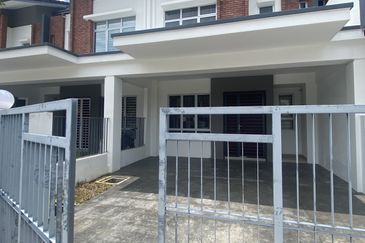
Livia @ Bandar Rimbayu
Telok Panglima Garang, Selangor
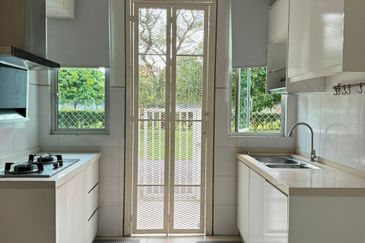
Chimes @ Bandar Rimbayu
Telok Panglima Garang, Selangor
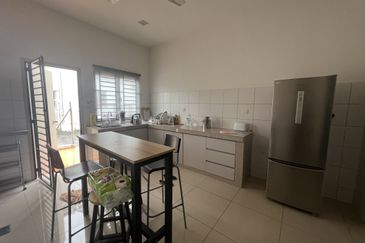
Penduline @ Bandar Rimbayu
Telok Panglima Garang, Selangor

Penduline @ Bandar Rimbayu
Telok Panglima Garang, Selangor

Robin @ Bandar Rimbayu
Telok Panglima Garang, Selangor
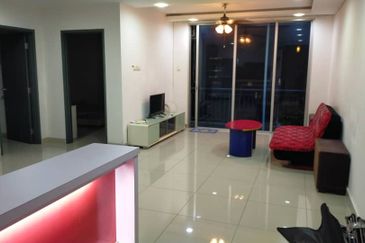
D'Ambience Residences (Ikatan Flora), Bandar Baru Permas Jaya
Permas Jaya/Senibong, Johor

D'Carlton Seaview Residences (Seri Mega)
Masai, Johor

Apartment Tanjung Puteri Resort
Pasir Gudang, Johor

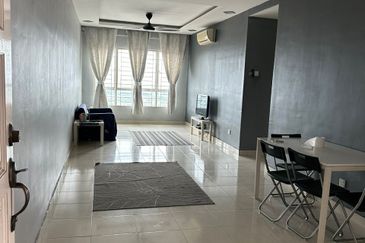
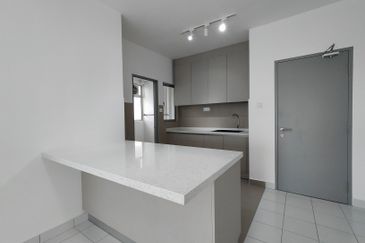

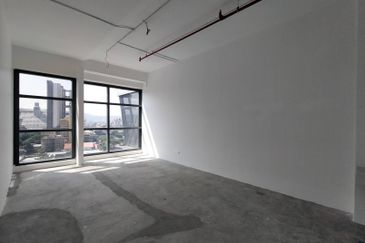

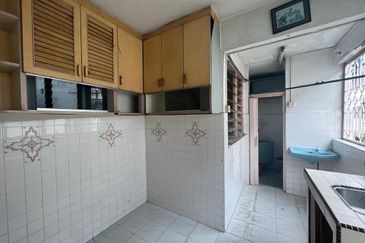


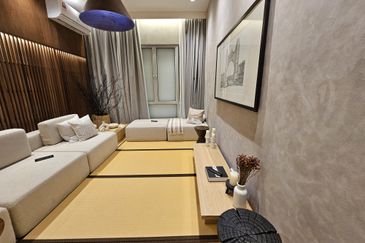

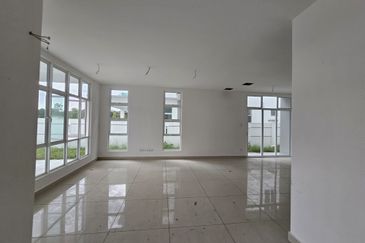
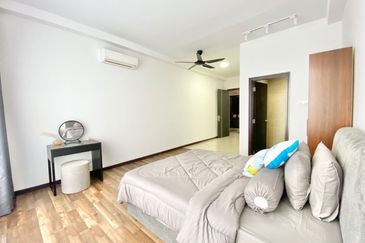
hero.jpg?GPem8xdIFjEDnmfAHjnS.4wbzvW8BrWw)



